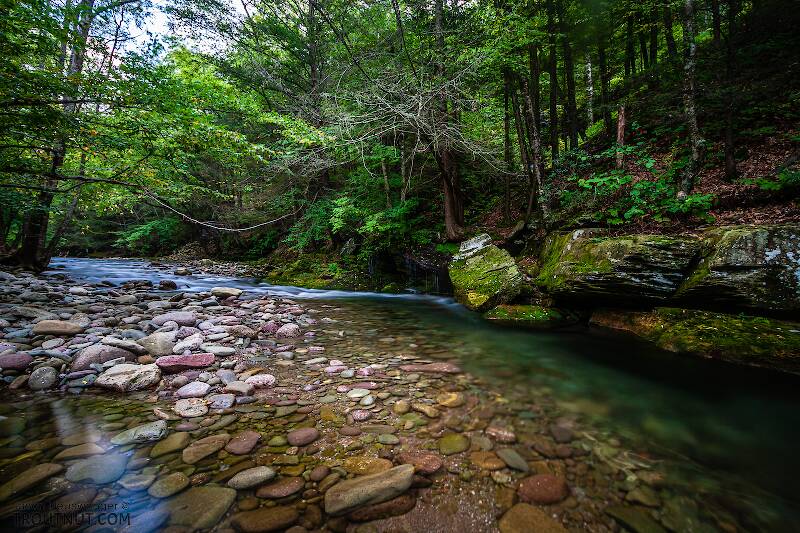
Blue-winged Olives
Baetis
Tiny Baetis mayflies are perhaps the most commonly encountered and imitated by anglers on all American trout streams due to their great abundance, widespread distribution, and trout-friendly emergence habits.


Stonefly Species Allocapnia curiosa (Little Snowflies)
Species Range
Physical description
Most physical descriptions on Troutnut are direct or slightly edited quotes from the original scientific sources describing or updating the species, although there may be errors in copying them to this website. Such descriptions aren't always definitive, because species often turn out to be more variable than the original describers observed. In some cases, only a single specimen was described! However, they are useful starting points.
Description from GBIFthe Global Biodiversity Information Facility
Source: Epiproct And Dorsal Process Structure In The Allocapnia Forbesi Frison, Allocapnia Pygmaea (Burmeister), And Allocapnia Rickeri Frison Species Groups (Plecoptera: Capniidae), And Inclusion Of Allocapnia Minima (Newport) In A New Species Group
Male epiproct. Apical segment of upper limb ca. 210 - 215 µm long, bearing a pair of basolateral ear-like projections and a dense median patch of wave-like spikes (Figs. 1 - 3). Median spike patch ca. 187 - 194 µm long and narrowly divided along entire length by groove, ear-like projections without spikes; apical segment ca. 138 - 146 µm wide across ear-like projections and narrowed to ca. 60 µm at apex. Basal segment of upper limb ca. 283 µm long and ca. 85 - 94 µm wide for most of length. Lateral areas of basal segment bearing irregular row of setae and a median groove but otherwise unadorned. Lower limb ca. 167 - 175 µm wide proximal to apical spoon. Male tergal process. Prominent raised structures on abdominal terga 7 and 8 (Figs. 1, 4 - 6). Process of tergum 7 conical, apex covered with scale-like structures; process of tergum 8 thin, narrowly notched, lobes bent slightly forward in lateral aspect and covered dorsally with scale-like structures; width of tergum 8 process ca. 177 µm. Anterior face of tergum 8 process bearing a low, rounded, median knob.
Start a Discussion of Allocapnia curiosa
Stonefly Species Allocapnia curiosa (Little Snowflies)
Species Range
Common Names
Resources
- NatureServe
- Integrated Taxonomic Information System
- Global Biodiversity Information Facility
- Described by Frison, T.H. (1942) Studies of North American Plecoptera, With Special Reference to the Fauna of Illinois. Illinois Natural History Survey Bulletin 22, 235–355.

